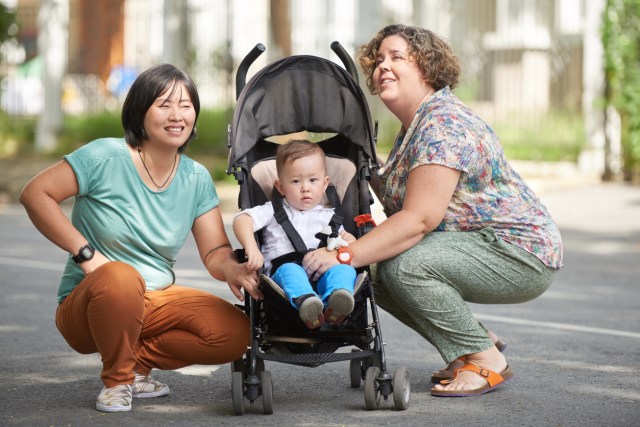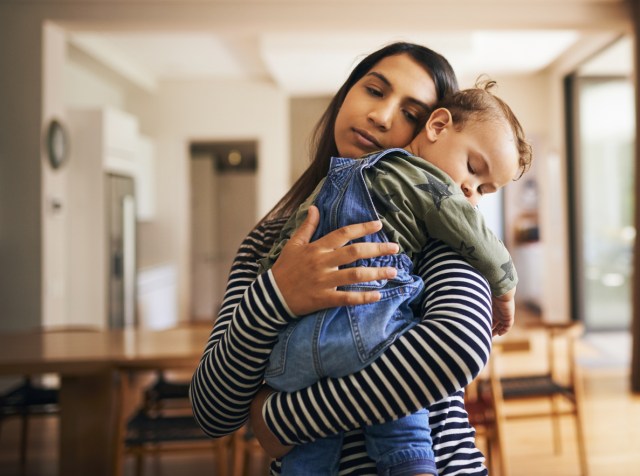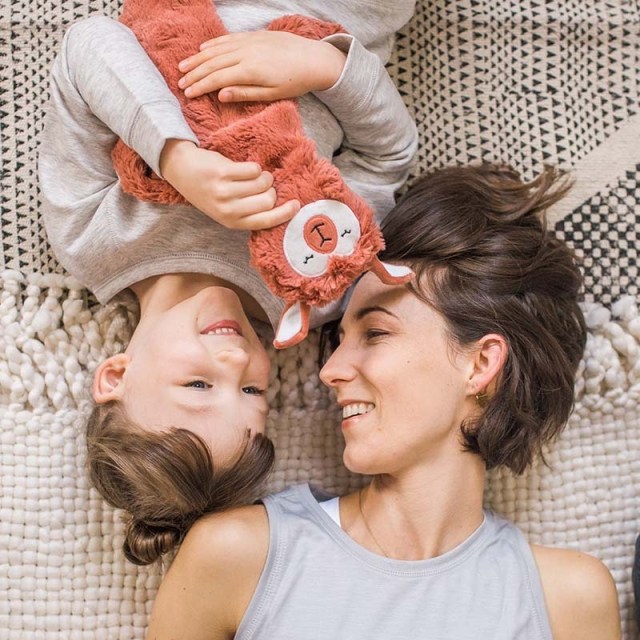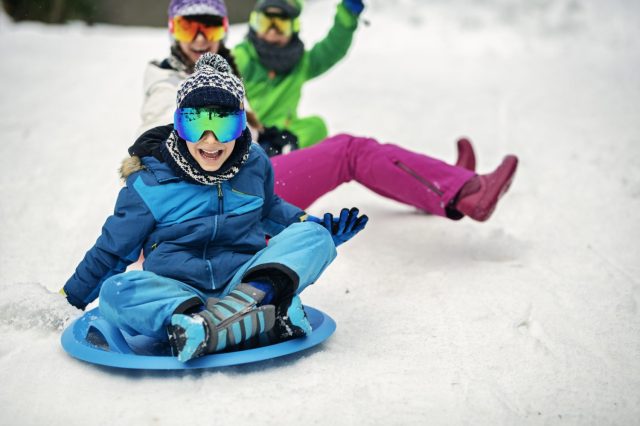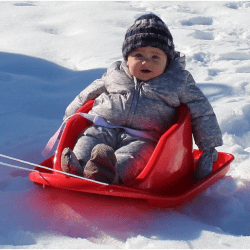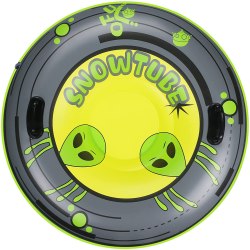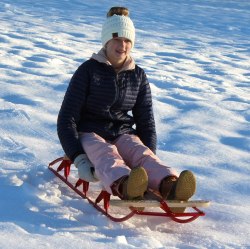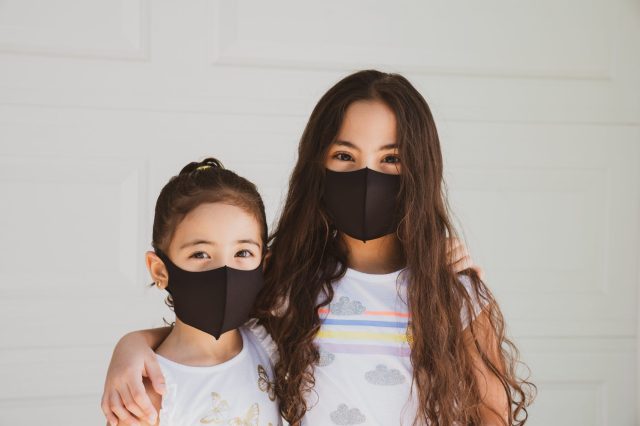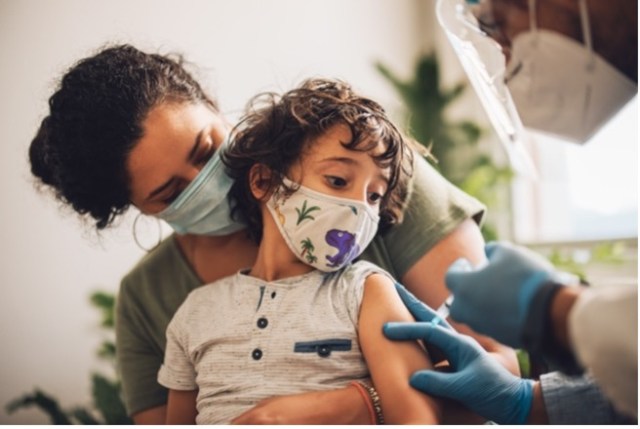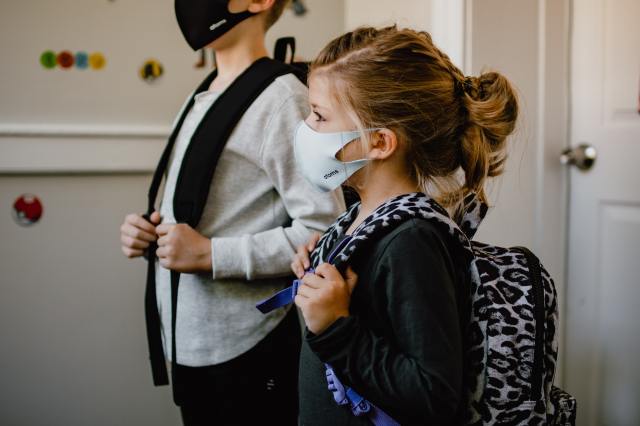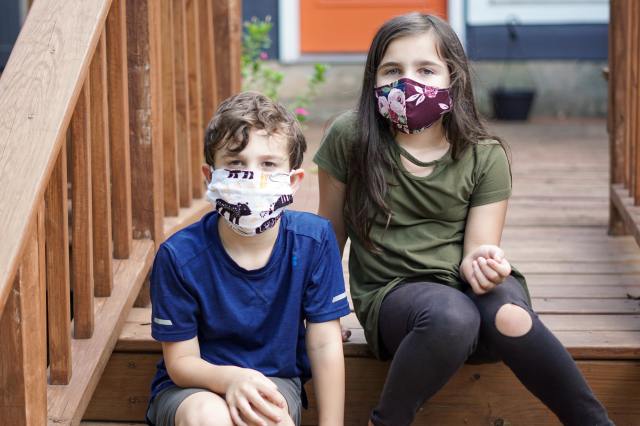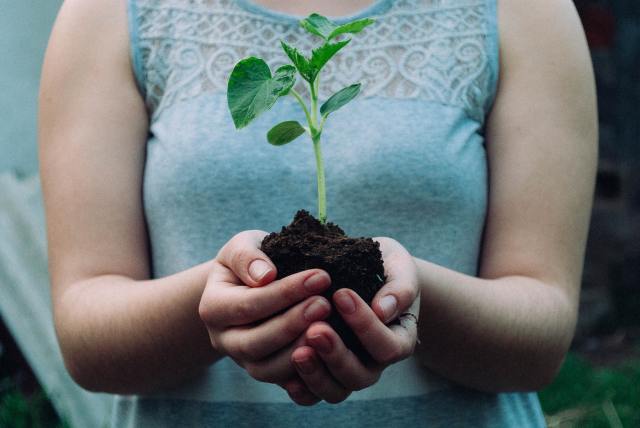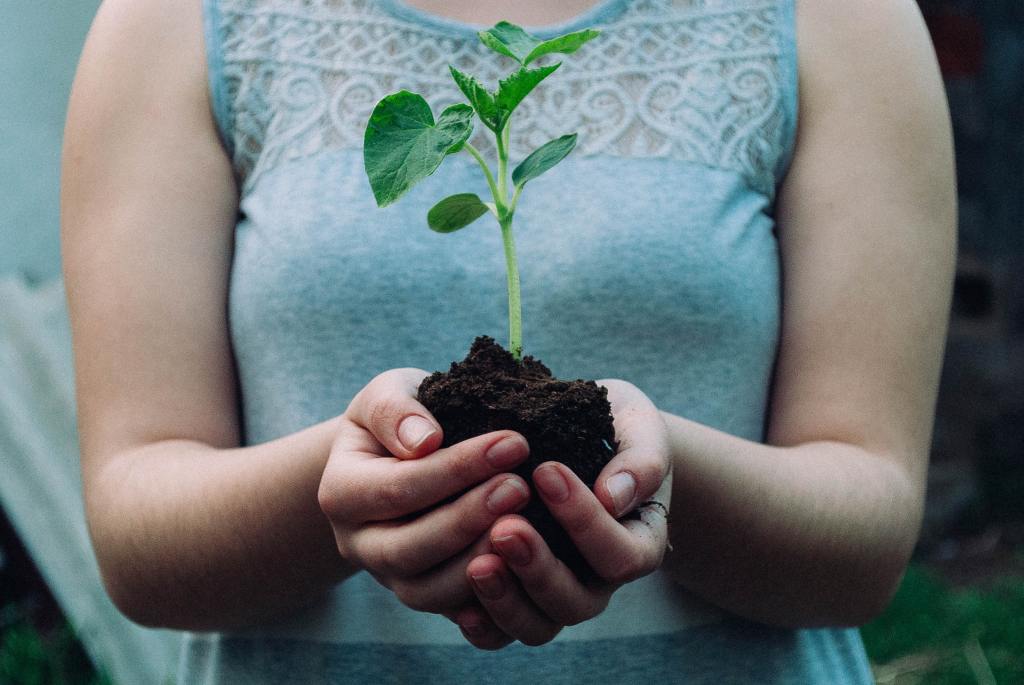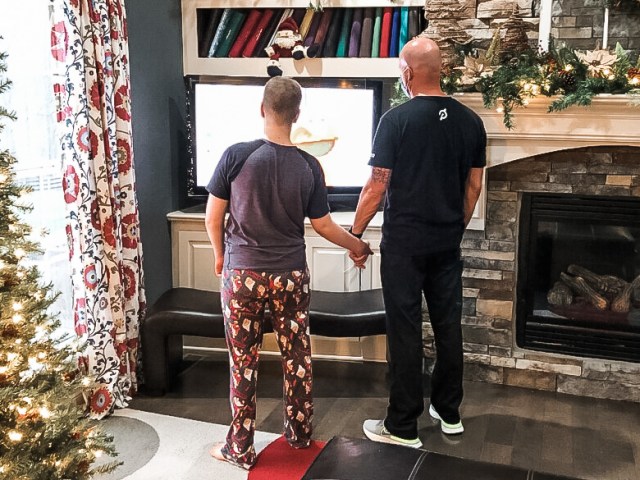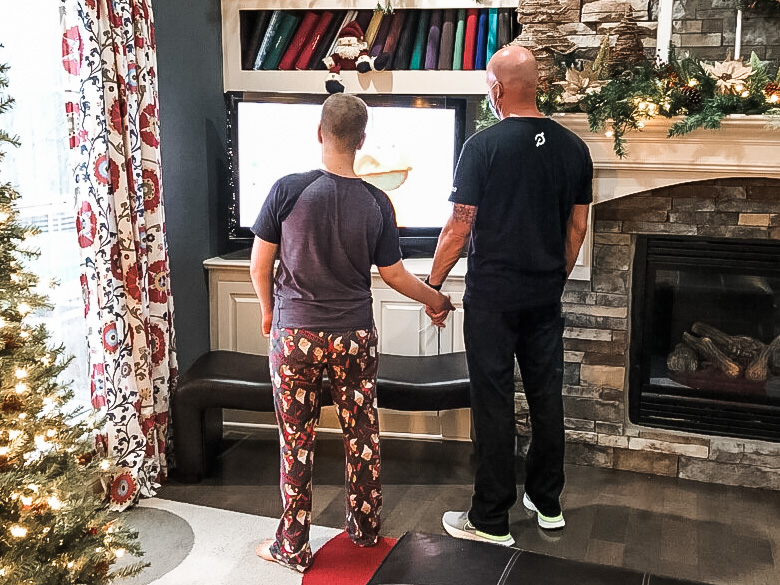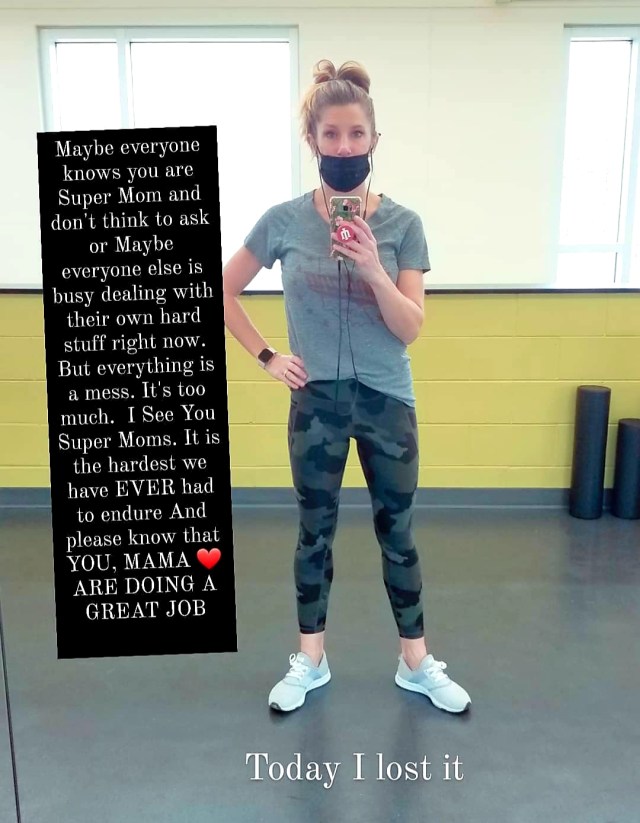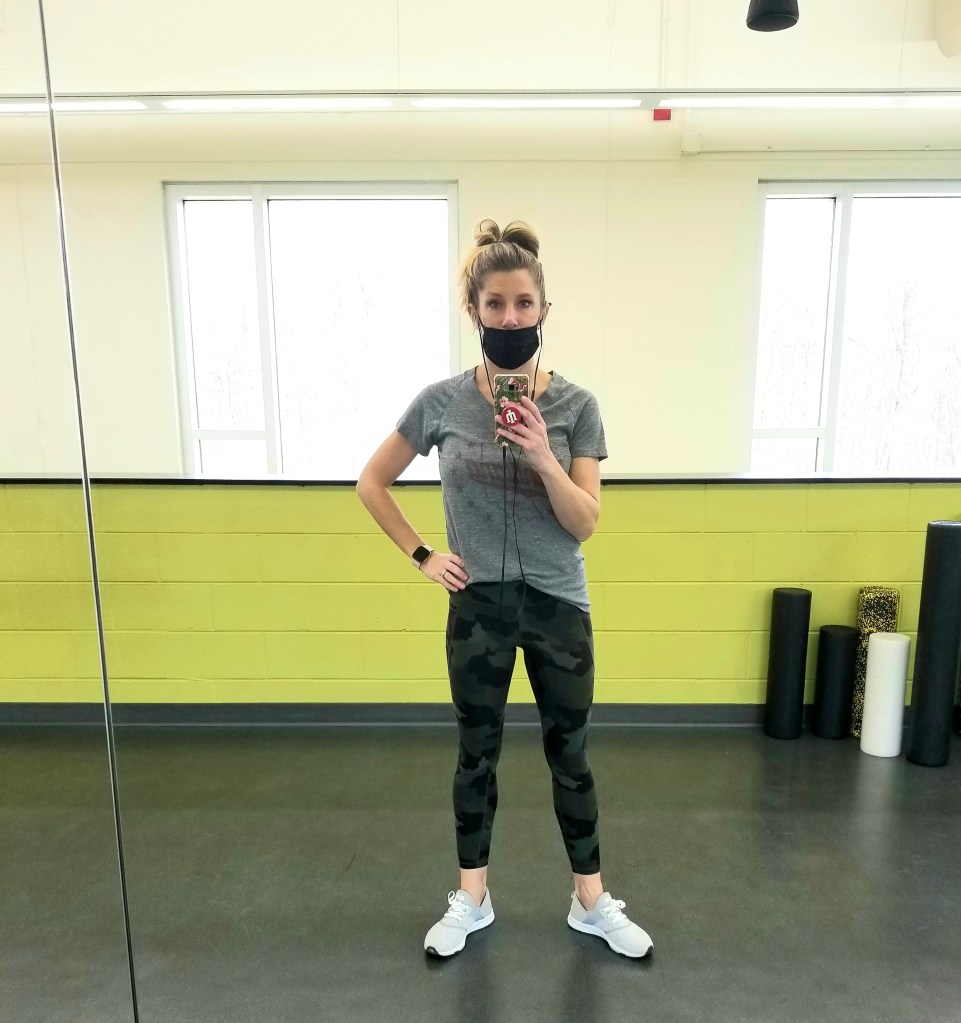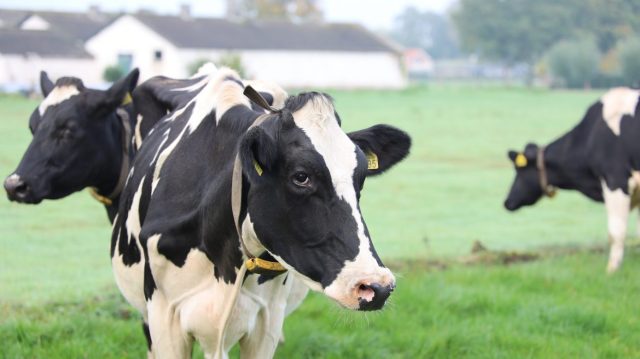
Photo: shutterstock
This morning, I heard my almost seven-month-old baby wake up and hurried upstairs to get her. She looked up, smiled a huge toothy grin and babbled some indistinguishable but happy phrase as she realized it was time to start the day. As I nursed her for the first time today, rubbing her back with my hand and watching her little fingers resting on her cheek, I thought, “How did I get so lucky?”
That would not have been my sentiment even two months ago, definitely not four or five months ago. Even though I knew what to expect medically with a new baby, I somehow felt blindsided at first by the fatigue, stress and emotions that come with being a new mom. Not that every moment was bad and not that every moment is perfect now. It’s that the ratio of really hard to really magical has shifted considerably over time.
Back in the throws of colic and sleeplessness and tears (or even before they came), I wished that someone had sat me down and gone through “What to expect in the first six months” in a very real, unfiltered way. Here’s my best attempt at doing just that for all of you new, tired moms and dads…
You’ve had your baby, you have your gear, you’re now a few weeks or months into this thing called parenting. Maybe it is everything you expected. Maybe it is way harder than you thought it would be. Here are the things to remember and to do to make it through those first 6 months…
1. It will get better, believe me.
If you have an easy baby, congratulations. Now, stop telling other parents how easy your baby is. They will only go home and cry in private. On the other hand, if you have a tough, “hands on” baby, talk about it to other moms. That is the only way to get the support you need. Call your mom or your sister, get to a mommy support group, call Baby Blues Connection, meet up with a friend. Better yet, have the friend come to you. And when you are in the store and some random mom says while gazing at your six-week-old colicky baby, “What a beautiful, perfect angel,” feel free to let your eyes well up with tears. You know, standing there with spit up in your hair and on your clothes, three days past your last shower, that your child is only a perfect angel when asleep. Other experienced moms get that, too, and they are ok with you not being perfect while you wait to see the light at the end of the tunnel. Read this for more.
2. There are always second chances with parenting.
Give yourself a break if you did not read ten books to your child today, if you worried more than you wanted to or if you didn’t do something “right.” There will be times you will plan an outing only to realize you should have stayed in. One day you will scrounge around in your diaper bag while out to lunch and realize you have NO more diapers. Accept your mistake and move on. You learned something and you’ll be better at it tomorrow.
3. There will be a day you think you have it figured out. Then everything will change again and you’ll need to figure it out again.
As your child develops, the tricks that worked to help her sleep, to entertain her and to help her grow will morph as she does. One day, she’ll love the swaddle, one day later, it’s the sleep sack. The change in preference is not the big deal- it’s the two weeks it takes to figure out that’s the issue keeping her (and you) awake all night. The good news is, as you get to know your little nugget, those transitions will be easier and easier.
4. Plan something great for the 12 Month mark.
There are so many ups and downs in the first year of a baby’s life. They are often great and often challenging. I used to think the 1 year birthday was a fun time for a party but not that huge of a milestone. I was wrong. It is a big deal because you survived it. Plan a birthday date for you and your partner to celebrate your hard work and, if there’s time, plan a party for your child, too!
5. If your partner takes longer than you do to bond with your baby, don’t worry. It will come in due time.
My husband was always loving and in love with our daughter. He played with her and cuddled her every day. But just this month he told me, “It was when she started laughing and reacting to me that I felt connected to her. That’s when we bonded.” Looking back now, it’s true. About a month ago, he started asking me to send him pictures when he was at work and I was home with her. He started being sad when she was already in bed by the time he got home and he couldn’t participate in her bedtime routine. He missed her and he didn’t just love her now, he liked her, too!
6. Moms are not magicians and they do not develop a mom’s intuition overnight.
When she asks if you have any ideas about ways to soothe little Joey in the middle of the night and you respond, “Hmm, no. What time is it?,” that is not helpful. She needs your help and you have valid ideas. My husband learned this relatively early, thank goodness, with some gentle coaching from experienced dads. When my baby was crying at six weeks old and I had fed, rocked, shushed and swayed her for hours with no end in sight, I needed another set of hands to give me a break. Even more important, I needed someone to take over mentally and emotionally for a little while. Two problem solvers are better than one.
7. Embrace the fact that you and your partner parent differently.
You have probably always done a lot of things differently, it just hasn’t been quite so in your face as right now. You’re trying to team up and create consistency for little Lucy and your ideas about the best way to do that might be different some (or most) of the time. You may like different bottles, you may think certain toys are better than others. You may even have a different way of discussing which bottles or toys are the best! I’m a talker. I could hash out my thoughts about child rearing verbally all day long. My husband HAAAATES doing that. He would rather think on his own about it, then have a short session where we try to problem solve. Fair enough, I’ve decided. I save the hashing out for my girlfriends (and my pediatrician) and I keep it short and sweet with hubby.
8. Learn to say “sorry” to your significant other.
You are going through one of the most significant changes in your life. So is your partner. There will be times you will implode or explode from the stress of that transition. When it happens, figure out if there is something to be learned or if the pot of water just got a little too hot and boiled over.
The other day, we were driving home from a holiday gathering out of town and there was a huge traffic jam that set my daughter’s bedtime back an hour and left her screaming in her car seat while we waited 15 minutes to reach the exit so that we could safely pull over, adding even more time to the trip. It really wasn’t a big deal but, because I was on day three of sleep training and I knew it would be harder for her to fall asleep at home since she was so overtired, it set me off. Needless to say, I had to apologize to my husband later that night for convicting him of choosing the “wrong way home” and “ruining sleep training.” Of course it was not his fault. In fact, it had nothing to do with him. I was just aggravated.
Most of the time, arguments in the early days are a combination of fear (that something will happen to your baby, that you will never be “you ” again, that your baby isn’t as advanced as other babies), frustration and fatigue.
The first two weeks, three months, even whole first six to seven months can be tough with a little one. There is so much transition. In the end, though, there is so much joy.
I love this quote from Rajneesh. He doesn’t mention fathers, but the same wisdom applies:
“The moment a child is born, the mother is also born. She never existed before. The woman existed, but the mother, never. A mother is something absolutely new.”
I'm a pediatrician and a mama mindset expert. I host The Modern Mommy Doc Podcast, and am a mom to two young girls in Portland, Oregon. I'm also author of The New Baby Blueprint and The Working Mom Blueprint from the American Academy of Pediatrics.


